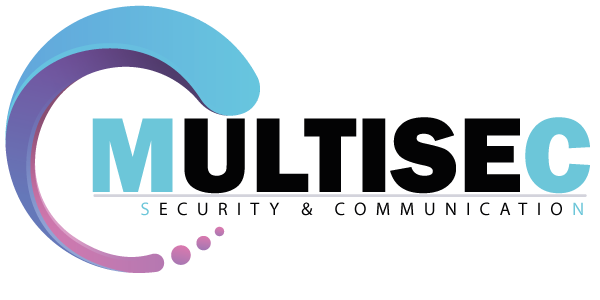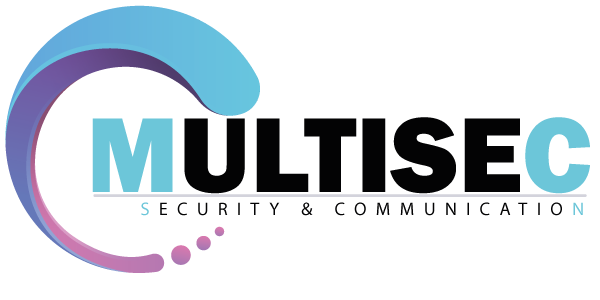The best-outsourced accounting outsourcing companies have set processes to help clients keep track of their work at all times. They are sent regular progress reports, and many times, these outsourcing firms use custom tracker apps to ensure clients are up to speed 24×7. The second step in the search process is entering search terms like ‘accounting outsourcing services,’ ‘best accounting outsourcing providers, USA,’ and so on.
In today’s CPA practice, maximizing efficiency and focusing on core abilities are critical for long-term success. Collaboration between CPA firms and accounting outsourcing companies provides a dynamic synergy that has the potential to revolutionize the way organizations are handled. Outsourced accounting companies for CPA firms are expected to emerge as a crucial tool for CPAs to flourish in a competitive environment.
ii. Scalability and flexibility to meet demands from clients
To make an informed selection, you must understand the benefits and drawbacks of outsourcing tax preparation services. Numerous communication tools are now widely accessible and reasonably priced in today’s rapidly changing technology environment. These tools are easily accessible to small accounting firms, enabling them to create easy connections with their outsourced accounting service providers. There are several what are standard tax deductions solutions that can be tailored to vary financial limitations, from video conferencing platforms to collaborative project management software. QXAS’ tax preparation outsourcing services have helped this accounting firm achieve $99,000 in cost savings. Most top accounting firms in the USA outsource tax preparation to QXAS to achieve affordable scalability and tremendous cost savings and save more than 50%.
- Creative and enthusiastic, Shweta turned into a marketer for her independent ventures long before she formally joined the realms of QXAS marketing team.
- Sometimes these hourly rates also vary amongst the outsourced staff based on seniority.
- An outsourcing service provider should be able to solve your staffing woes by giving you access to highly skilled labor.
- They specialize in auditing, tax, and advisory, operating as a cohesive partnership, synergizing expertise, scale, and cultural insight.
✅ Outsourcing is a widespread strategy for CPA firms due to labor shortages in the accounting industry and the desire to reduce operational costs. Effective communication plays an indispensable role in ensuring a clear understanding of expectations, timely updates, and the resolution of any challenges. It is important to assess the outsourcing provider’s ability to communicate effectively in the preferred language and time zone, as this promotes an efficient workflow and minimizes any misunderstandings. When it comes to outsourcing bookkeeping and payroll services for CPA firms, there are a few steps to consider.
Remember, outsourcing bookkeeping and payroll can provide benefits such as cost savings, access to specialized expertise, and increased efficiency. It is pivotal to choose a reliable provider that comprehends the unique needs of CPA firms. When CPA firms outsource certain tasks, one of the pivotal benefits they gain is access to specialized expertise. By partnering with an outsourcing provider that specializes in a particular area, CPA firms can tap into the profound knowledge and skills of professionals who are experts in that field. The expertise of outsourcing partners in accounting software, data analytics, and tax regulations give a competitive edge in the market. Additionally, the flexibility, risk mitigation, and global reach makes them the preferred choice.
Tax planning strategy #1: Utilize short-term staffing solutions
This common misconception about outsourced tax preparation services prevents CPA firms from reaping some amazing benefits. Outsourcing service companies will only charge you for the services they provide, and you will save up to 50% or more on operational costs. A modern outsourced accounting services provider focuses on hiring accountants with good communication and interpersonal skills.
DREAM TEAM TODAY
It is vital to define deliverables before commencing the project, and you also need to budget for different business scenarios. Statistics pointed out that the U.S. government collected $4.05 trillion in revenue from taxes in 2021. Of which, a whopping $2.04 trillion was raised only from individual income taxes.
Top 300 Accounting Firms
It can reduce significant costs while increasing production without sacrificing work quality. These methods include rules, processes, and laws that govern issues such as who you collaborate with and how much you pay them. CPA businesses are frequently overwhelmed with work, particularly during tax season.
Yet, bear in mind outsourcing accounting services isn’t a one-size-fits-all solution. Some parts of the song, like client relations and strategic decision-making, must be kept in-house. The trick lies in identifying what makes your firm resonate and what can be safely passed on.
Reduction in overhead costs
In this scenario, you might have to say no to your clients, which might bring down your reputation a notch. So, it is advisable to ask this question to know whether the outsourcing firm can scale up the association with your firm when needed. But, if you properly approach your outsourcing strategy, you won’t have to worry about your employees being worried about losing their jobs. From the get-go, make your in-house team of accountants a part of this decision. It would help if you made it very clear to them that outsourcing commoditized and time-consuming compliance tasks will only be a boon rather than a bane.
These services include daily compliance such as tax and payroll and other expert services. Accounting firms are increasingly outsourcing to help lighten the workload and scale quickly. And yet, CPAs and accounting firms have been showing steady growth alongside outstanding work-life balance. This is one of the most preferred engagement models, and it means paying based on how much you of the services you have taken. Sometimes these hourly rates also vary amongst the outsourced staff based on seniority. This model is widely preferred as it offers a dedicated team working for you for a pre-determined period.
Outsourcing strategies are plans that describe how an accounting firm partners with third parties to perform tasks. It can reduce expenses and increase productivity without compromising the quality of work. Such strategies consist of standards, procedures, and regulations that dictate factors like who you partner with and how much you pay them. It would also help if you pointed out that outsourcing will free up valuable time and resources, and enable the in-house team to focus on high-margin, high-value tasks like advisory services. For most firms, the journey to accounting outsourcing starts with the need to cut costs and improve scalability during the busy season.
Experts are attributing the double-digit price increases to an industry-wide PR crisis. Key factors like proactive communication and productive engagement with feedback can be deal-breakers. Going beyond expertise, request case studies, client success stories, testimonials and references to get a taste of the vendor’s past performance and track record. Closely assess the vendor’s ability to deliver results, which is vital in the dynamic marketing world. On November 5, 2021, the process of acquisition by EBS of the Rearden Group business process automation was completed, after which the company became part of EBS. By approaching 2024 with an advisory mindset that embraces innovation and prioritizes client relationships, your firm can set the stage for success this year and beyond.

